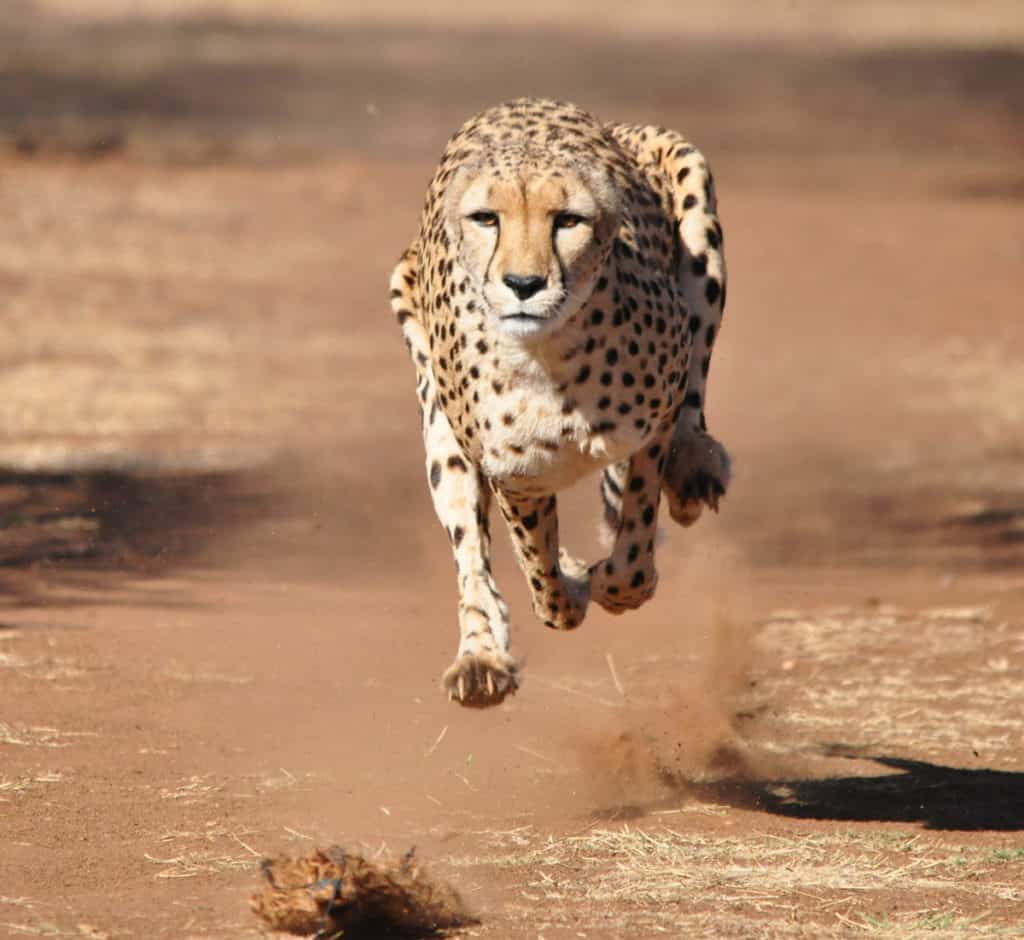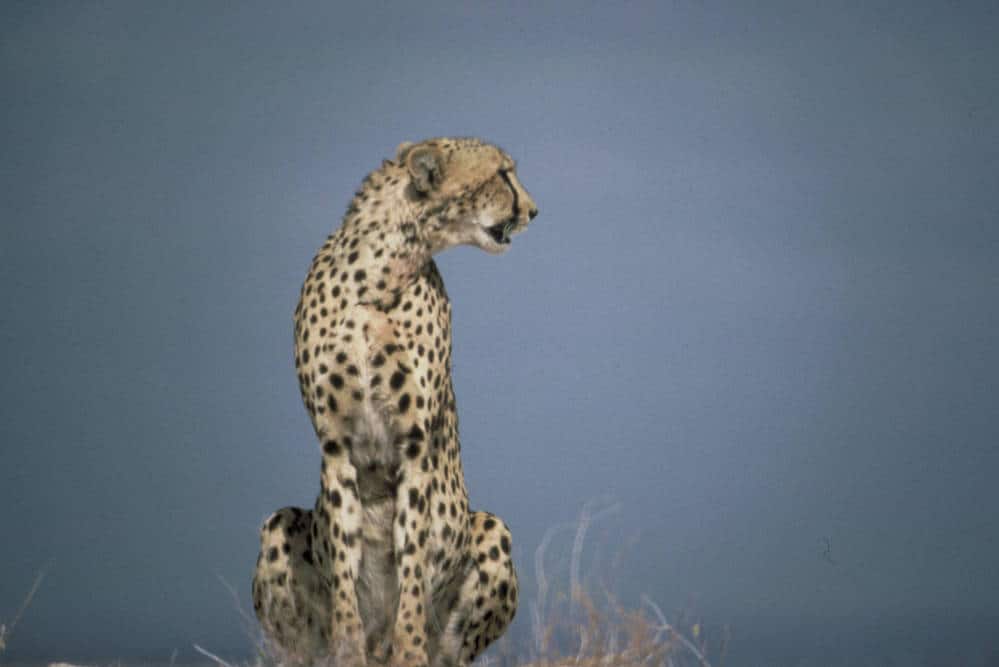If you have a domestic cat, you will notice that their claws are retractable. This means that unless the cat is using their claws to fight or climb, the claws are tucked back inside their paws. This prevents to cat from catching their claws on things.
What are Semi-Retractable Claws
A cat that has claws that are semi-retractable means that when the claws are retracted, a significant portion of the claws still protrude from the paw.
The cheetah (Acinonyx jubatus) is one of the only cats in the world that doesn’t have fully retractable claws. As the fastest land animal, cheetahs are known for their ability to run at high speeds. Claws that don’t fully retract help the cheetah to maintain traction as it reaches speeds up to 71 miles per hour (114 kilometers per hour).
Cheetahs belong to the genus Acinonyx. The word stems from the Greek word akinētos which means motionless.

Other Cats with Semi-Retractable Claws
Besides the cheetah, only three other cats are known to have semi-retractable claws.
The Fishing Cat (Prionailurus viverrinus) is a medium-sized cat native to South and Southeast Asia. The Fishing Cat has webbed feet with front claws that don’t fully retract. These claws function like a fishing hook to help the cat catch fish along with their webbed paws.
The Flat-headed Cat (Prionailurus planiceps) also has webbed feet and semi-retractable claws like the Fishing Cat. Sumatra, Borneo, and the Malayan Peninsula are home to the Flat-headed Cat. The cat gets its name from its flat, elongated head and flattened ears. The sheaths on the Flat-headed Cat are smaller so that two-thirds of the cat’s claws still protrude when retracted.
The Iriomote Cat (Prionailurus bengalensis iriomotensis) lives on its namesake island in Japan, Iriomote Island. The Iriomote Cat is listed IUCN Red List as Critically Endangered.

References
Fishing cat. (2021, August 3). Smithsonian’s National Zoo. https://nationalzoo.si.edu/animals/fishing-cat
Flat-headed cat. (2019, September 7). International Society for Endangered Cats (ISEC) Canada. https://wildcatconservation.org/wild-cats/asia/flat-headed-cat/
Leyhausen, P., & Pfleiderer, M. (1999). The systematic status of the Iriomote cat (Prionailurus iriomotensis Imaizumi 1967) and the subspecies of the leopard cat (Prionailurus bengalensis Kerr 1792). Journal of Zoological Systematics and Evolutionary Research, 37(3), 121-131.
Sunquist, M., & Sunquist, F. (2017). Wild cats of the world. University of Chicago Press.







